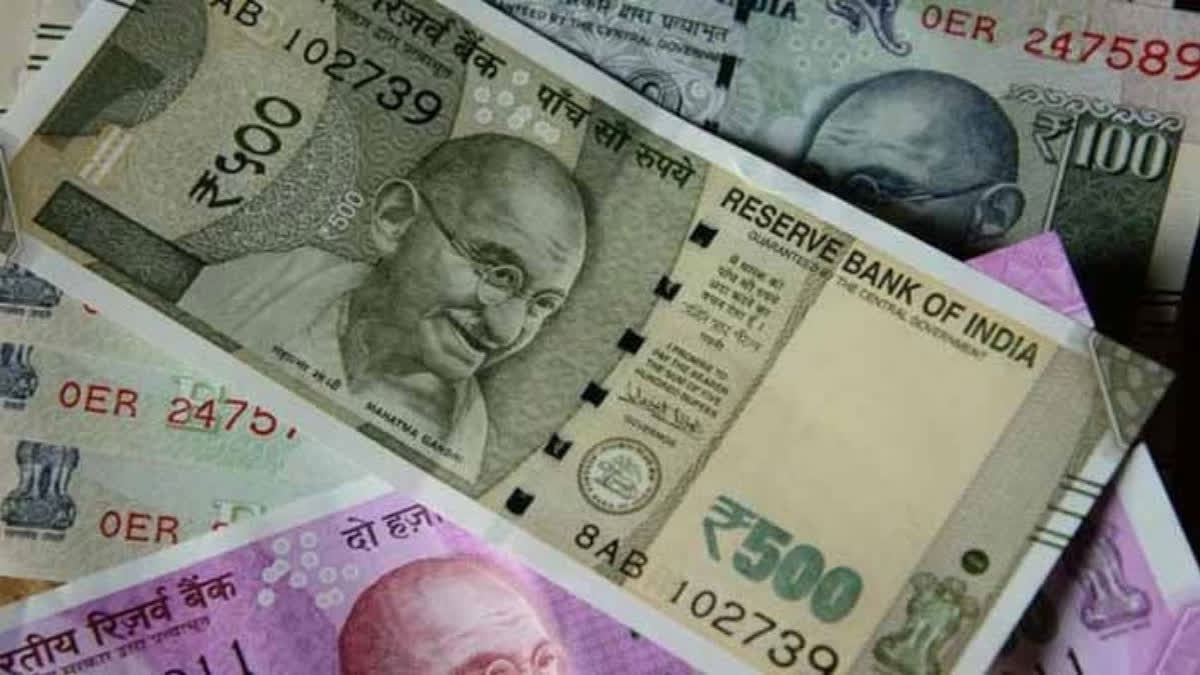New Delhi: With the advent of 24x7 payment methods using online modes such as IMPS, UPI, NEFT and RTGS, there is pressure on the banks to manage their cash flow in such a manner that they do not run out of cash or become cash deficient even on holidays or during the night time to honour the payment requests made by their customers. Although it is a big facility for bank customers as virtually there is no limit of time and amount if they wish to transfer funds to a beneficiary under the country’s banking system it requires judicial use of systemic liquidity available to banks to maintain such facility.
The Reserve Bank of India, which under Section 45JA of the RBI Act of 1934, has the power to determine policy and issue directions to the entities regulated by it under the law, had allowed 24x7 RTGS payments since December 2020. The extension of the RTGS facility to 24x7 mode on all days is creating issues for the cash management strategies of the participating banks as the average transaction size of RTGS payment was nearly Rs 60 lakhs per transaction last year. Whereas the average transaction size for Unified Payment Interface (UPI) was a little over Rs 1700, for IMPS payments it was less than Rs 9,500, and for National Electronic Fund Transfer (NEFT) payments, it was below Rs 70,000 per transaction last year.
Systemic liquidity in India’s banking system
The Reserve Bank of India manages the systemic liquidity in the banking system in such a manner that the liquidity situation of participating banks remains in comfortable mode. If there is excess liquidity in the banking system then the RBI adjusts its policy to suck up the excess liquidity and if there is deficient liquidity in the banking system of the country then the RBI fine-tunes the policy in such a manner that the banks have enough money to honor the requests of payment made by the bank customers.
According to the data analysed by SBI Research, at the start of the current financial year, the current financial year, which started in April this year, the systemic liquidity was in surplus as given by net durable liquidity of around Rs 1.2 lakh crore. However, it gradually declined to around Rs 90,000 crore in the next month.
RBI's decision to withdraw Rs 2,000 banknote boosted liquidity
However, the Reserve Bank’s decision to withdraw Rs 2,000 currency notes from circulation led to an increase in liquidity with an average durable liquidity of Rs 3.7 lakh crore by early August this year. Accordingly, the RBI in its August monetary policy meeting decided to such up an additional liquidity of Rs 1 lakh crore from the system through an increase in the cash reserve ratio (CRR) of the banks, and as a result, the net durable liquidity declined by Rs 1 lakh crore to Rs 2.4 lakh crore.
